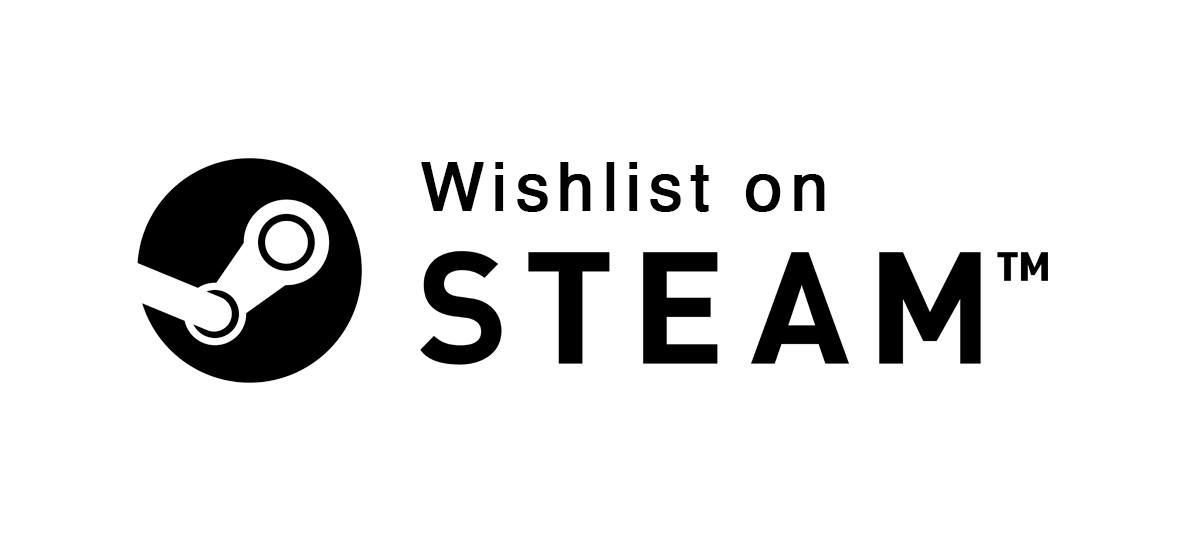Recently, while discussing game development, I was made aware of a trend regarding Steam wishlisting and how developers use it. In discussing pre-launch benchmarks, a game developer mentioned that while once they’d felt = secure and optimistic about getting 40,000 wishlists (2018), they now wouldn’t feel secure until they hit 100,000 despite the game’s scale being comparable.
Not only have their costs to develop gone up significantly, but the value of the Wishlist as a benchmark has also significantly degraded. I was intrigued, inflation has been a hot topic of conversation in recent years, but Wish-flation? How does this happen and what are the mechanisms driving it? Are people buying less? Wishlisting more?
As a strategist, and gamer, who makes a habit of checking his overflowing wishlist whenever Steam has a sale needed to know more….
It turns out the most concise answer to this particular question was probably given well before the invention of the internet, let alone the wishlist, by economist Charles Goodhart, and correctly diagnosed in this article on the fractalization of our attention by Simon Carless. It can be abbreviated as:
When a measure becomes a target, it ceases to be a good measure
Initially released in 2010, Steam wishlists may have started as a simple tool to make buying games easier for consumers, in the same vein as digital shopping carts but with even less commitment required. Years later, they’re now deeply entrenched in the storefront algorithm and one of the better metrics Steam publicly reveals that can be used to track excitement about unreleased games. When users wishlist, Steam takes that as a good clue to put that game’s page in front of further users, notes that it should bump the visibility of the game on a release date, making it not only a useful indicator to put in front of potential investors but an active boon for user acquisition and Steam storefront optimization. (similar to how TikTok and Instagram use Saving as a tool to promote content within their algorithm, or Spotify uses Pre-Saves.
Naturally, this means developers and publishers now have a vested interest in trying to boost wishlist adds for visibility, leading to the inevitable gaming of the metric by any means necessary. Intuitively, it makes sense that wishlists generated by targeted campaigns and influencer outreach might not correlate to purchases at the same rate more organic ones did before their importance was fully understood. However, while the appetite for games is steadily increasing online, older games are increasingly maintaining relevance in the market, console hardware generations no longer sweep away the content of the past, and the growth of live service games means many games are not only intended as evergreen revenue sources but also perpetual engines of player engagement.
Put that all together and it’s easy to see why measurable interest in a video game just doesn’t convert at the same rate it did 5+ years ago.
Wishlists aren’t unique in the world of digital benchmarks to go through this process either, it’s just another example of the exponential growth of competition possible in a digital world where media no longer ages out generationally in the same way it once seemed to. Across media, it’s never been easier to create and share with the world, but that doesn’t necessarily mean it’s getting easier to make your way as a producer of such content. KPIs, like everything else in the modern world, need to be adjusted, re-targeted and re-evaluated constantly if companies want to accurately keep pace with the modern consumer, and in this context that means a pretty dramatic inflation of your target as a game developer, because a wishlist just isn’t worth what it used to be.


